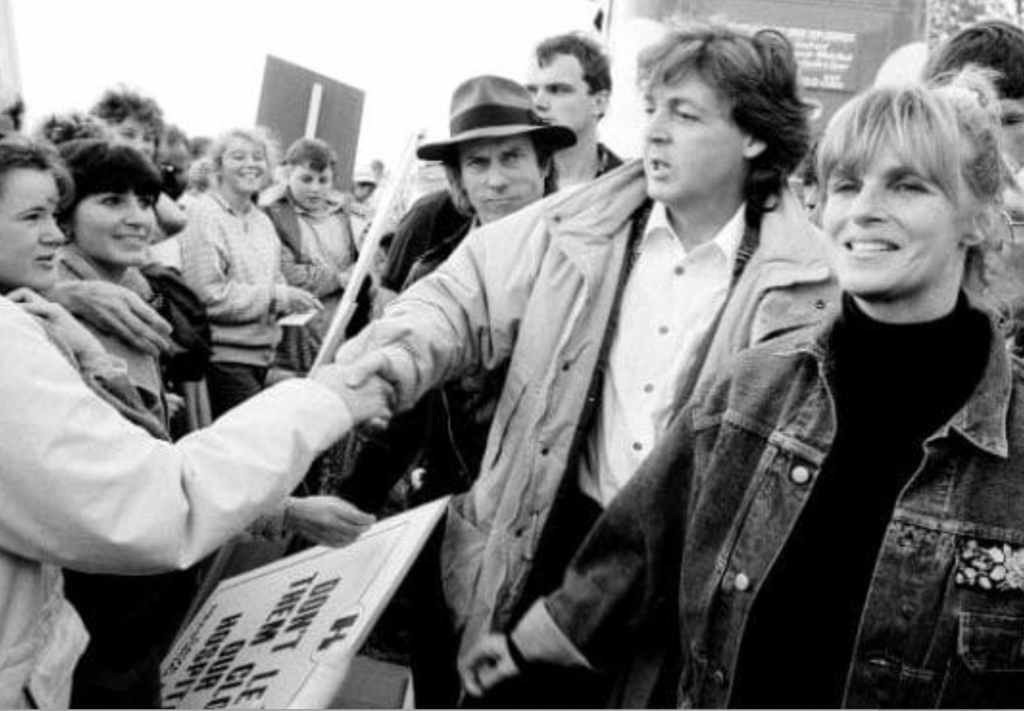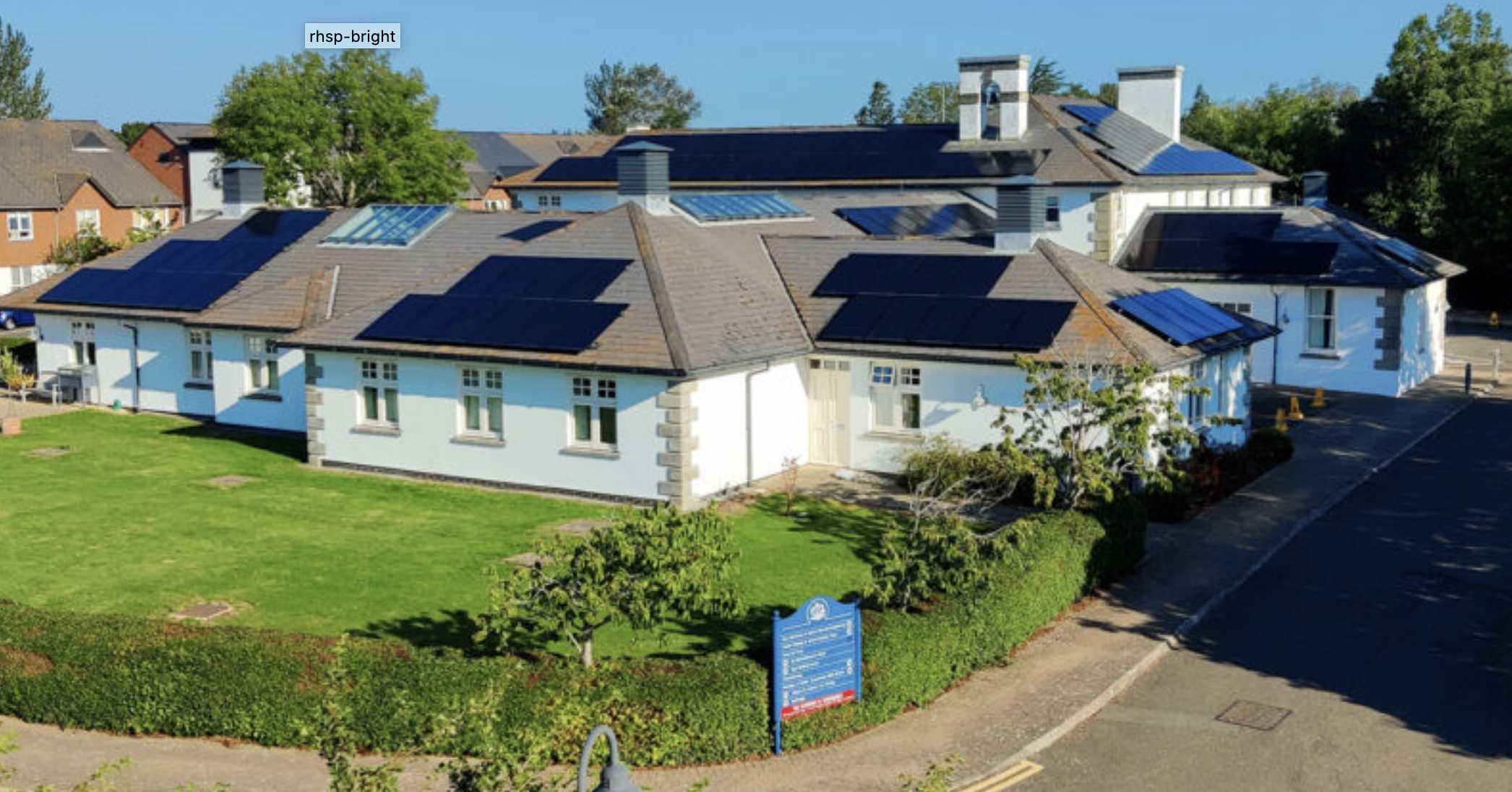Some thirty years ago, writes Peter Dale, the Rye Winchelsea and District Memorial Hospital in East Sussex was threatened with closure. Today, it is an example of what can be achieved by a combination of professional collaboration, community involvement and a willingness to “join the dots” between services.
When the hospital was facing closure, there was strong opposition from the community with celebrities including Paul McCartney and Spike Milligan adding their support. In response to this, the responsible health authority and the social services department agreed to work with community representatives to develop a multi-disciplinary resource centre for older people on the hospital site.
Wind forwards 30 years and today this development incorporates: a nineteen-bed inpatient facility; outpatient clinics; a community well-being centre; a fifty-five-bed sheltered housing scheme; a GP surgery; and a planned care home.
The site is managed and administered on behalf of the local community by the Board and Trustees of Rye, Winchelsea and District Memorial Hospital charity which has been responsible for realising the initial vision. Volunteers work alongside professional staff in the hospital and the well-being centre, covering reception, administrative duties, as ward helpers and working in the café.
A significant proportion of the funding for the development was donated by the local community, including a matching donation from a prominent community member. The work of the charity continues to be supported by donations. Clinical services are provided by the local health trust which leases its facilities from the charity.
The hospital, which is carbon neutral (all its energy comes from renewable sources) offers a range of outpatient clinics, including: various screening programmes; speech and language therapy; physiotherapy; podiatry; audiology; community midwifery; falls prevention; and diatetics. The inpatient unit provides intermediate care for older people who may need support following discharge from an acute setting. People from the local community may also be referred by their GP if they need help to ensure they can continue to live independently.
The well-being centre includes a café – open from 9 am to 5 pm Mondays to Fridays – serving refreshments, snacks and hot meals. There are three rooms for activities such as arts and crafts and table tennis; this space can be opened up for larger events. In addition, there are consulting and treatment rooms as well as meetings rooms. In an average week up to 300 older people from the local community use the facilities in the well-being centre. In addition, Rye and District Day Centre operates on the site two days a week providing social interaction to older people in Rye and the surrounding villages.
This development represents a model for ensuring that many of the resources and services needed by older people are closely connected. In this way their needs run a much lower risk of being compartmentalised.
Working closely together on a single site, all those involved in supporting older people stand a much better chance of joining the dots.
Further information:
https://ryehospital.org.uk/ and http://hubonryehill.org.uk/
Historical footnote: How Paul, Linda and Spike helped in the hospital’s survival
The hospital has a history of community involvement. It has been taken to the hearts of generations of local residents who have fought valiantly over the years to keep it on this site. In the late 1980s, the resourcefulness of local residents was shown, when the hospital was forced to close its doors.
This was a step too far and a local campaign was launched to save the hospital. Newspaper cuttings available to view at both the hospital and at the Rye Museum show the struggle that took place. This resulted in the local population, particularly in the towns of Rye and Winchelsea, along with local residents Sir Paul and Linda McCartney and Spike Milligan, raising enough money to rebuild the hospital. Many of our supporters and patients remember the struggle well and continue to support the hospital to this day.

